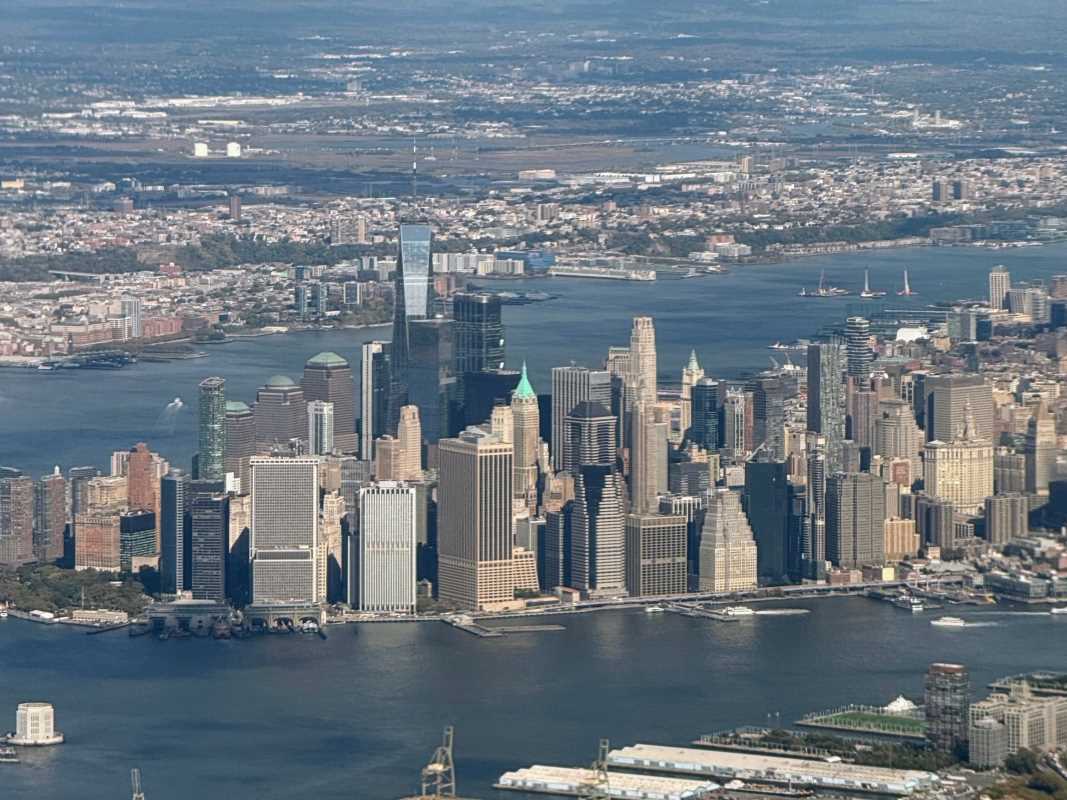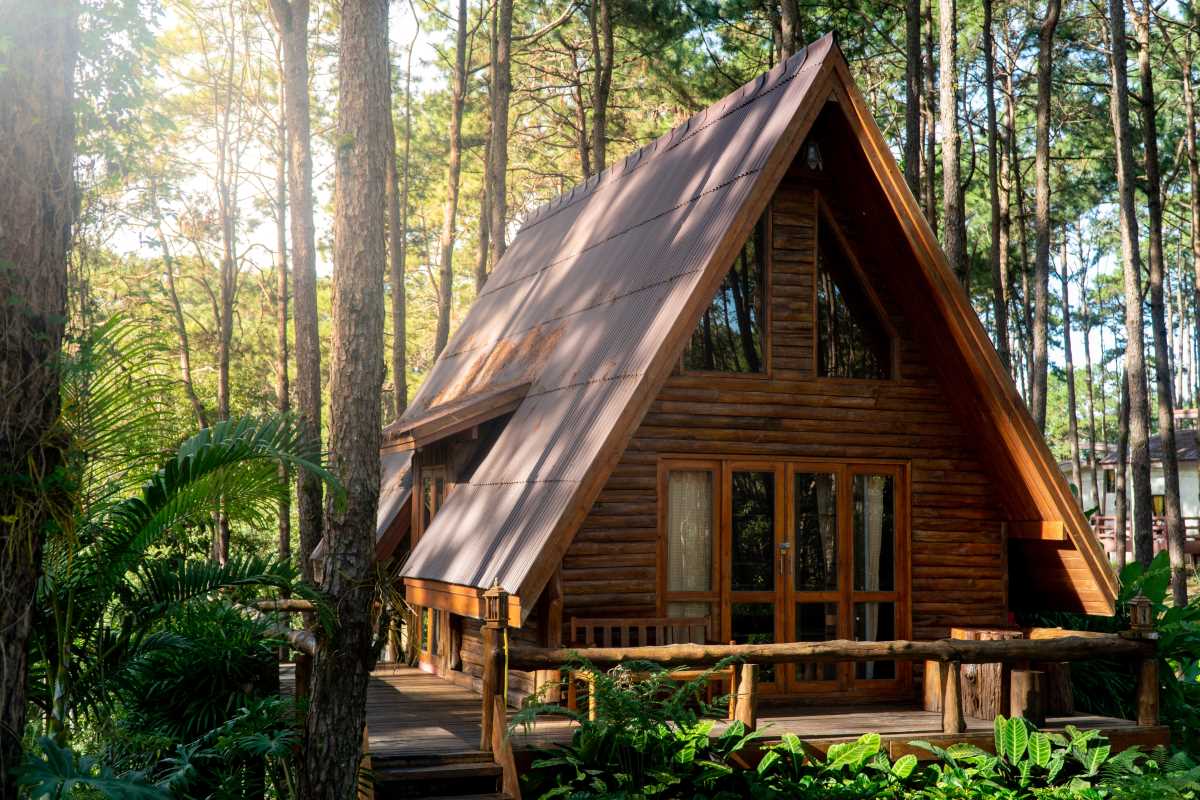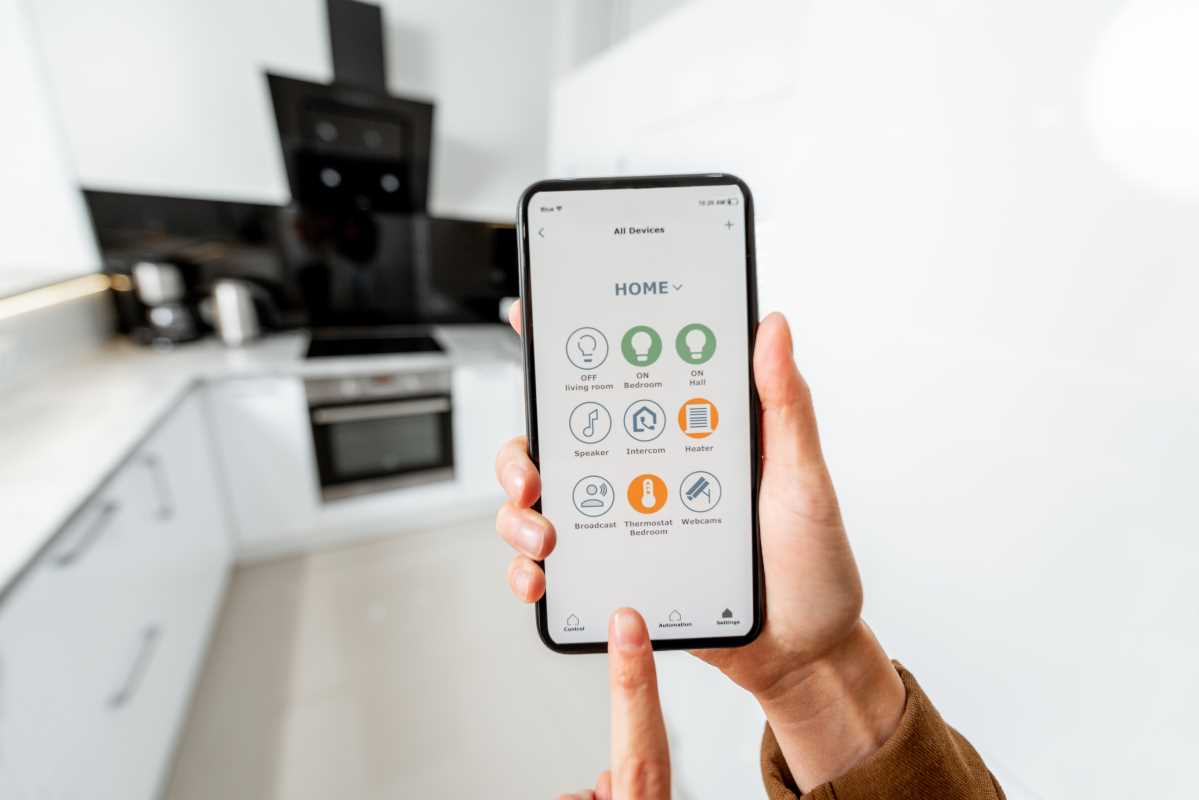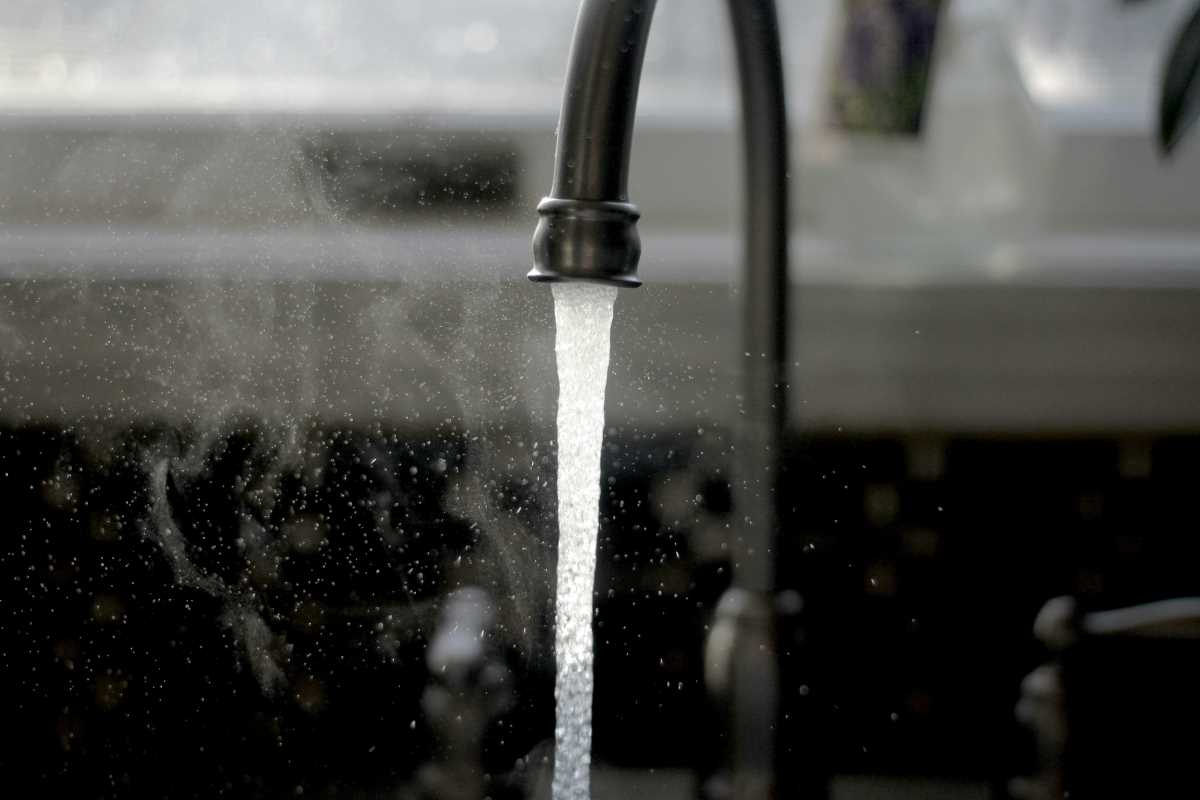Living in a high-rise apartment offers stunning views and the convenience of urban life, but it also presents unique challenges for those striving to maintain an eco-friendly lifestyle. The dense environment of high-rise living can impact the environment in various ways, making it essential for residents to adopt sustainable practices. Embracing green habits benefits the planet and enhances the quality of life within these vertical communities.
Understanding the Impact of High-Rise Living on the Environment
- High Energy Consumption: Large buildings require significant energy for heating, cooling, and lighting, contributing to higher carbon emissions.
- Waste Generation: Limited space often results in increased waste production and challenges in effective waste management.
- Limited Green Spaces: High-rise buildings typically have minimal outdoor areas, reducing opportunities for gardening and natural habitats.
- Transportation Emissions: Urban high-rises are often located in areas with high traffic, leading to increased pollution from vehicles.
- Resource Intensive Construction: The materials and methods used in constructing high-rises can have a lasting environmental footprint.
Energy Efficiency Tips
Maximizing energy efficiency in a high-rise apartment starts with making thoughtful choices about your appliances and technologies. Opt for energy-efficient appliances, such as refrigerators, washing machines, and dishwashers, which consume less electricity without compromising performance. Installing LED lighting throughout your home can significantly reduce energy usage and lower your utility bills.
Consider integrating smart home devices like thermostats and lighting controls. These systems allow you to monitor and adjust energy consumption remotely, ensuring that energy is not wasted when it's not needed. Simple actions like unplugging electronics when not in use and utilizing natural light during the day can further enhance energy savings and contribute to a more sustainable living environment.
Water Conservation Strategies
- Fix any leaks promptly to prevent water wastage.
- Install low-flow showerheads and faucets to reduce water usage without sacrificing performance.
- Use water-efficient appliances, such as washing machines and dishwashers, that are designed to minimize water consumption.
- Collect and reuse rainwater for indoor plants or other non-potable uses.
- Adopt mindful water usage habits, such as taking shorter showers and turning off the tap while brushing teeth.
Sustainable Waste Management Practices
Effective waste management is crucial in high-rise living where space for garbage disposal is often limited. Start by implementing a robust recycling system in your home. Separate recyclable materials like paper, glass, and plastics from your regular trash to reduce the amount of waste that ends up in landfills. Composting kitchen scraps is another excellent way to minimize waste and create nutrient-rich soil for any indoor plants you may have.
Reducing single-use plastics is also important. Opt for reusable bags, containers, and bottles to decrease the volume of plastic waste generated. Consider donating items you no longer need instead of discarding them, which helps extend the life of products and lessens the demand for new materials. By taking these steps, you contribute to a more sustainable waste management system within your high-rise community.
Creating Green Spaces in Limited Areas
Even in a high-rise apartment, you can cultivate green spaces that enhance your living environment. Use window sills and balconies to set up Eco-Friendly Living solutions like vertical gardens or potted plants. These improve air quality and add a touch of nature to your home, making it a more pleasant and relaxing space.
If outdoor space is limited, consider investing in indoor plants that thrive in confined areas. Plants such as succulents, snake plants, and pothos are low-maintenance options that require minimal sunlight and can thrive in smaller spaces. Incorporating green walls or installing hydroponic systems can maximize greenery without taking up valuable floor space, allowing you to enjoy the benefits of nature even in a bustling urban setting.
Community Initiatives and Collaborations
Building a sustainable high-rise community goes beyond individual actions. Engage with your neighbors to create and participate in community initiatives that promote eco-friendly living. Organize recycling drives, share resources like tools and appliances, or establish a community garden where residents can collectively grow vegetables and herbs. These collaborations reduce the overall environmental impact and foster a sense of community and shared responsibility.
Collaborate with building management to implement green practices on a larger scale. This could include advocating for energy-efficient lighting in common areas, initiating composting programs, or arranging bulk purchases of eco-friendly products to benefit all residents. Working together can create a more sustainable and harmonious living environment that benefits everyone in the high-rise community.
Embracing eco-friendly practices in a high-rise setting is achievable and rewarding. You can make a significant difference by understanding the environmental impacts, adopting energy—and water-efficient habits, managing waste responsibly, creating green spaces, and fostering community collaborations. Start implementing these strategies today and contribute to a greener, more sustainable urban living experience.
 (Image source: Inuvo / DSR)
(Image source: Inuvo / DSR) 





